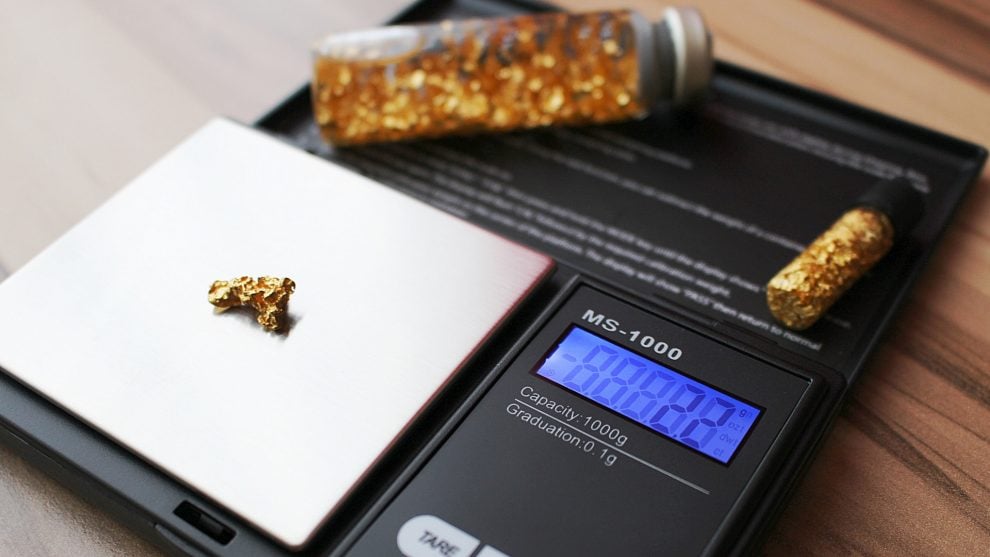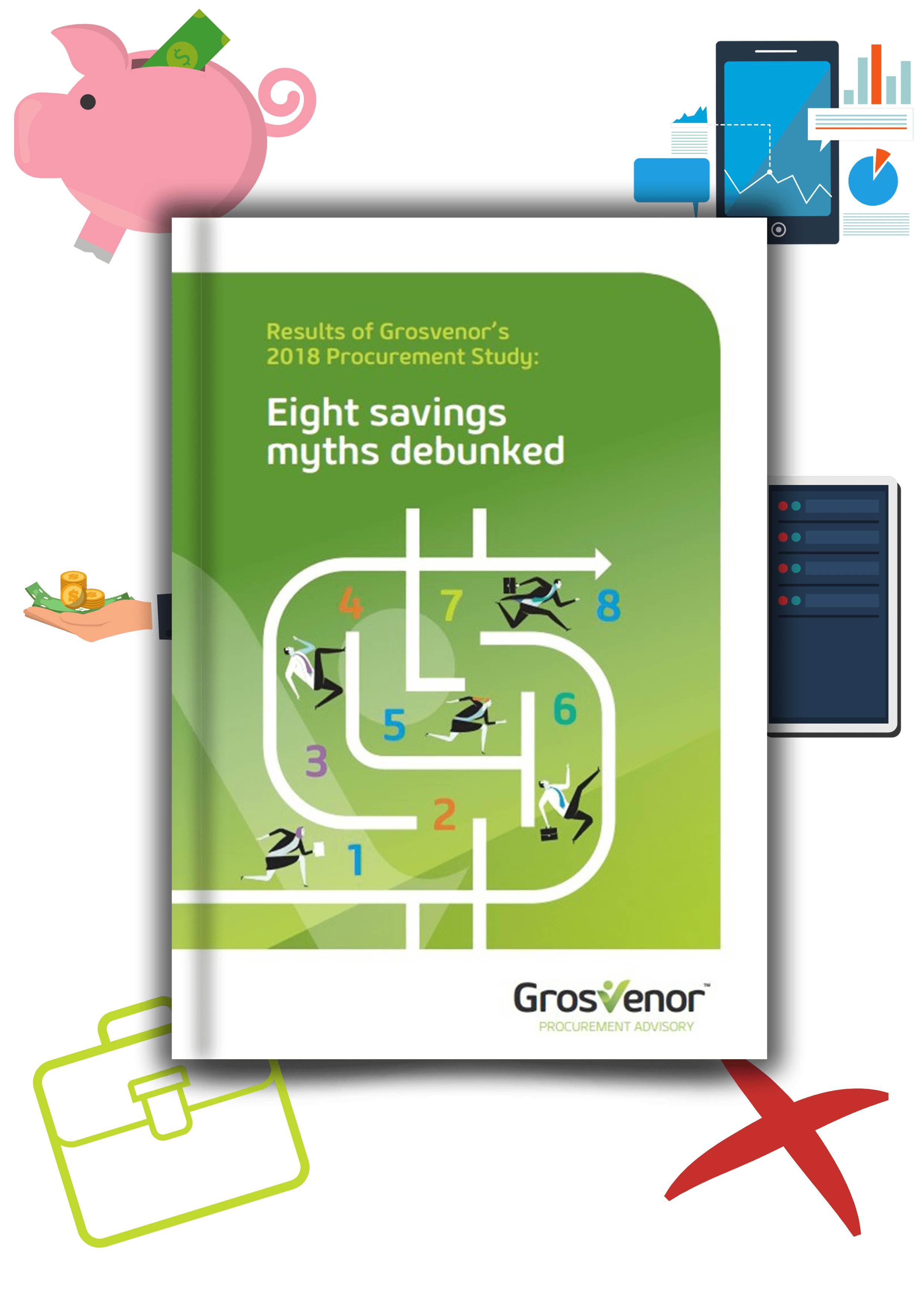Is there a pot of gold hidden in your procurement spend?

Prioritising your procurement initiatives would be a lot easier if indicators existed that helped you determine where your most likely source of savings is going to come from.
In the data of our 2018 research report, we’ve already seen strong support for our view that significant savings are there to be found, although will likely remain hidden out of sight until we are willing to look past certain procurement myths and assumptions.
As part of this study we wanted to see if we could identify and test such a set of indicators, how they could be applied and what variances may exist between industries.
Deriving this set of indicators, we started with the four spend levers that we know are available to procurement folk. These are:
- Pay Less – using spending power to reduce your per unit cost
- Buy Cheaper – where buyer behaviour is influenced in a way that leads to the purchase of fit-for-purpose goods and services, rather than gold-plated, over- specified solutions
- Buy Less – actively managing demand to reduce consumption
- Buy Smarter – where the whole value chain is analysed to find efficiencies and introduce innovation in the way the goods and services are consumed.
From these levers, we created a set of seven indicators as outlined below:
1. How important is your business to the supplier?
If you are a critical customer for the supplier, you can leverage your relative buying power compared to the supplier’s other customers. This ‘Pay Less’ spend lever will generate savings, at least in the short term, as you can reduce per unit costs.
2. Gold plated or fit for purpose – Would you describe the goods or services you receive as “fit-for-purpose” or “gold-plated”?
We call this the ‘Buy Cheaper’ spend lever. If your answer is ‘gold-plated’ then you can generate savings by substituting the premium goods and services with a fit-for-purpose solution. It’s like buying home brand products instead of premium brands in a supermarket.
3. Performance of current supplier – The level of performance of the supplier in meeting expectations
Supplier performance is often a non-financial benefit that we target in a procurement initiative.
4. Time since the last market test – How long has it been since that last competitive quoting or tender process?
There is constant change in supply markets: new suppliers start operating, others cease to exist and new products become available. This may bring down prices and we may be able to save money by testing the competitiveness of our contract conditions.
5. Number of suppliers currently used – What is the current level of spend aggregation?
Is a single supplier delivering these services across all business units? It’s the most commonly used tool of procurement managers: spend aggregation. If the spend is fragmented across the business, bringing it all together into a single contract should yield savings through a higher buying power.
6. Changes in demand patterns – Are you likely to buy more/less/the same amount of this service going forward?
Those organisations anticipating a change to their level of demand in the future should have a stronger case for approaching the market and achieve higher savings.
7. Level of competition – Are there many other suppliers that could also supply these services?
If there is a reasonable number of alternative suppliers, then the savings should be higher than when tapping into a competitive market.
What We Found
It was clear from our analysis that each indicator does have a correlation to cost saving outcomes. this is what we expected.
We were then hoping that we could find just a single indicator that allowed us to predict how much can be saved with a given supplier. Unfortunately, reality proved to be a bit more complex. Instead we found that these seven indicators of savings need to be considered in combination, rather than isolation to understand how much you might be able to save.
Interestingly, when I developed these indicators, I did so, expecting them to influence cost savings in a specific way. Yet while the data did confirm their validity as good indicators, three of them ran somewhat counter-intuitive to what you’d expect and thereby exposed the eight myths highlighted in the report.
Are there pots of gold hidden in your procurement spend?
The data says that for the majority, the answer is “Yes”. And our research confirms that the rewards will make it well worth your while going on the dig.
Clever application of our indicators will get you looking in the right direction.
If you haven’t had a chance to download or read the full report yet, I encourage you to do so.
It’s free. Download it below.
Looking For Help?
With Grosvenor’s consulting team, you have access to deep expertise to help you implement procurement initiatives across three distinct areas
- Cost control and reduction
- Process improvement
- Supplier leadership
If our research report has prompted you to take a second look at your own practice and you feel you could benefit from some insight and support, then I’d like to offer you an obligation free, in-person “Situation Analysis” consultation. You can find out more on our website here.








